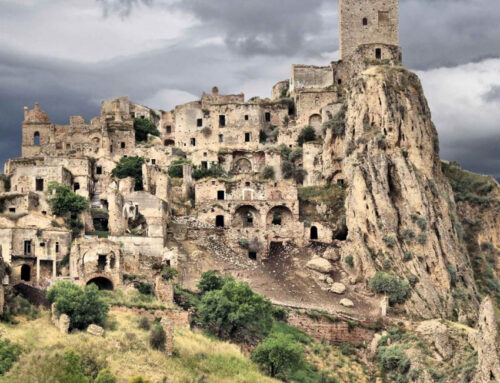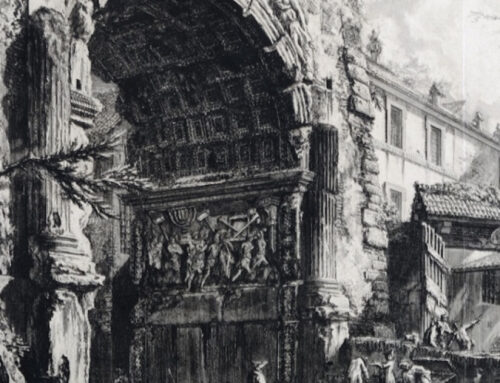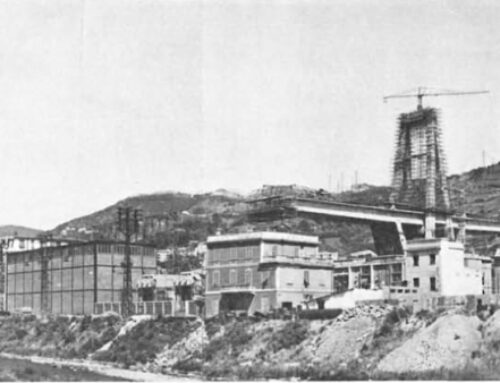The late 1950s and 1960s saw the beginning of a radical change in the rural landscape, which began with the depopulation of the countryside and the rural buildings there. The peasants, in the hope of gaining a more comfortable life with more job opportunities, moved to the cities; this exodus was accompanied by a rejection of everything that represented rurality and closeness to the peasantry. The urbanised peasants often returned to renovate their old country houses, modelled on their city houses.
This great social and cultural change brought with it some critical issues, which are now being remedied. However, for the policies launched to be truly effective, it is important first of all to understand the deeper reasons for the exodus and to fully comprehend daily life in rural areas.
Farmers themselves must ask themselves certain questions in this regard, linked on the one hand to the role of agriculture in the production of goods, services, wealth, commodities and foodstuffs, and on the other to its role as a buffer between the need for production and the protection and preservation of the land, also understood as an element of great landscape value.
Agriculture is a complex industry; in fact, farmers have transversal, economic, productive, social and ethical responsibilities; they must know how to combine multiple aspects, from the quality of living to the organoleptic quality of agricultural products.
Within this complexification of agricultural activity there is a strong push towards modernisation, not only of techniques but also of functions performed and markets conquered. In particular, the no-food market, destined for energy production through the installation of photovoltaic panels in fields, or the cultivation of vegetables with the sole aim of producing biomass, is upsetting the balance of food production in many parts of the planet. Today, around one billion people in the world suffer from hunger and 70% of them live and work on farms, whose sole objective, however, is no longer the production of foodstuffs, but rather the production of energy, commodities or services.
In Africa, land is bought (land-grabbing) to produce goods, to cultivate flowers or for no-food production; 42 million hectares have been purchased by large multinationals, through sovereign funds of emerging countries (at a cost of about 600-700 dollars/hectare), which cultivate that land, paying the farmers 1 dollar a day, not producing wealth for those populations, impoverishing the soils, draining the aquifers, with the prospect of abandoning those territories and those populations.
In the face of these exploitative dynamics, which distort any market, the fairy tale of the farmer who alone becomes an entrepreneur, producing food, energy, wealth is a myth. The farmer must know how to continuously renew himself, he must know how to innovate his activity, but all this within a contextualised path shared by all the actors present in a territory.
The Corona Verde project in this sense can play a role that goes beyond its local contents and objectives: it can act as a ‘ramhead’ of the cultural change inherent in the encounter between the city and the countryside. Agriculture from this point of view has great responsibilities, both in relation to the reduction of pollution and the ecological footprint of the city, and for the management of the landscape, but in order to make them active, the farmer must be given the opportunity to actively intervene in the land and make a profit, even in peri-urban park areas.
This can happen because there is a return to giving value to resources that can be managed by the farmer, within a common project: today in the countryside the taste for restoring what was there is re-emerging, focusing on the quality of living and seeing, through extensive farming, gradually modifying the monocultural rural landscape to break its monotony, which has been created in the last century, recovering knowledge that is not ancient, but must be learnt again, giving life to an economy of advantage that comes from relationships, progressively and gradually, as nature teaches.
It is on this cultural enhancement and widespread practice, even among ‘citizens’, that we must count, restoring to the farmer the role of mediator between two models of life, of behaviour, of landscape.
Dino Scanavino
farmer, Piedmontese, vice-president of the CIA Confederazione Italiana Agricoltori





